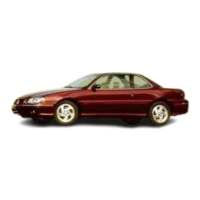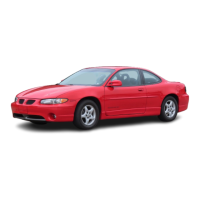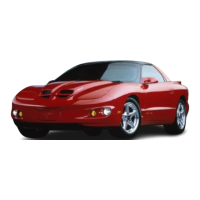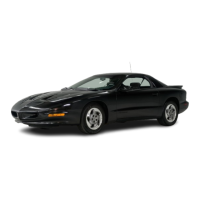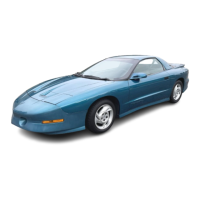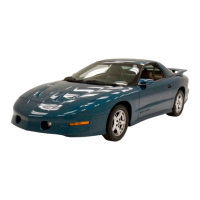Load-pulling components such as the engine,
transmission, rear axle, wheel assemblies and tires
are
forced to work harder against the drag
of
the added
weight. The engine is required to operate at relatively
higher speeds and under greater loads, generating extra
heat.
What’s more,
the
trailer adds considerably to wind
resistance, increasing the pulling requirements.
If
You
Do Decide
To
Pull
A
Trailer
If you do, here are some important points:
0
0
0
0
There are many different laws, including speed limit
restrictions, having to do with trailering. Make sure
your rig will be legal, not only where you live but
also where you’ll be driving.
A
good source for this
information can
be
state or provincial police.
Consider using a sway
control.
You
can ask a
hitch
dealer about sway controls.
Don’t tow a trailer at all during the first
1,000
miles
(1
600
km) your new vehicle is driven. Your engine,
axle or other parts could be damaged.
Then, during the first 500 miles
(800
km) that you
tow a trailer, don’t drive over
50
mph
(80
km/h) and
don’t
make
starts
at
full throttle. This helps your
engine and other parts
of
your vehicle wear in at the
heavier loads.
0
Obey speed limit restrictions when towing a trailer,
Don’t drive faster than the maximum posted speed
for
trailers (or no more than
55
mph
(90
km/h))
to
save wear on your vehicle’s parts.
Three important considerations have to do with weight:
0
the
weight of the trailer,
0
the weight of the trailer tongue
and the total weight on your vehicle’s tires.
Weight of
the
Trailer
How heavy can a trailer safely be?
It should never weigh more
than
1,500 pounds
(680
kg)
under normal driving conditions.
It
should
never
weigh
more than
1,000
lbs. (450 kg) when driven on long
grades at high ambient temperatures. Above
90”
F
(32°C).
But even that can
be
too heavy.
It
depends
on
how you plan to use your rig.
For
example, speed, altitude, road grades, outside
temperature and how much your vehicle is used to pull a
trailer are all important. And,
it
can also depend on any
special equipment that you have on your vehicle.
4-33

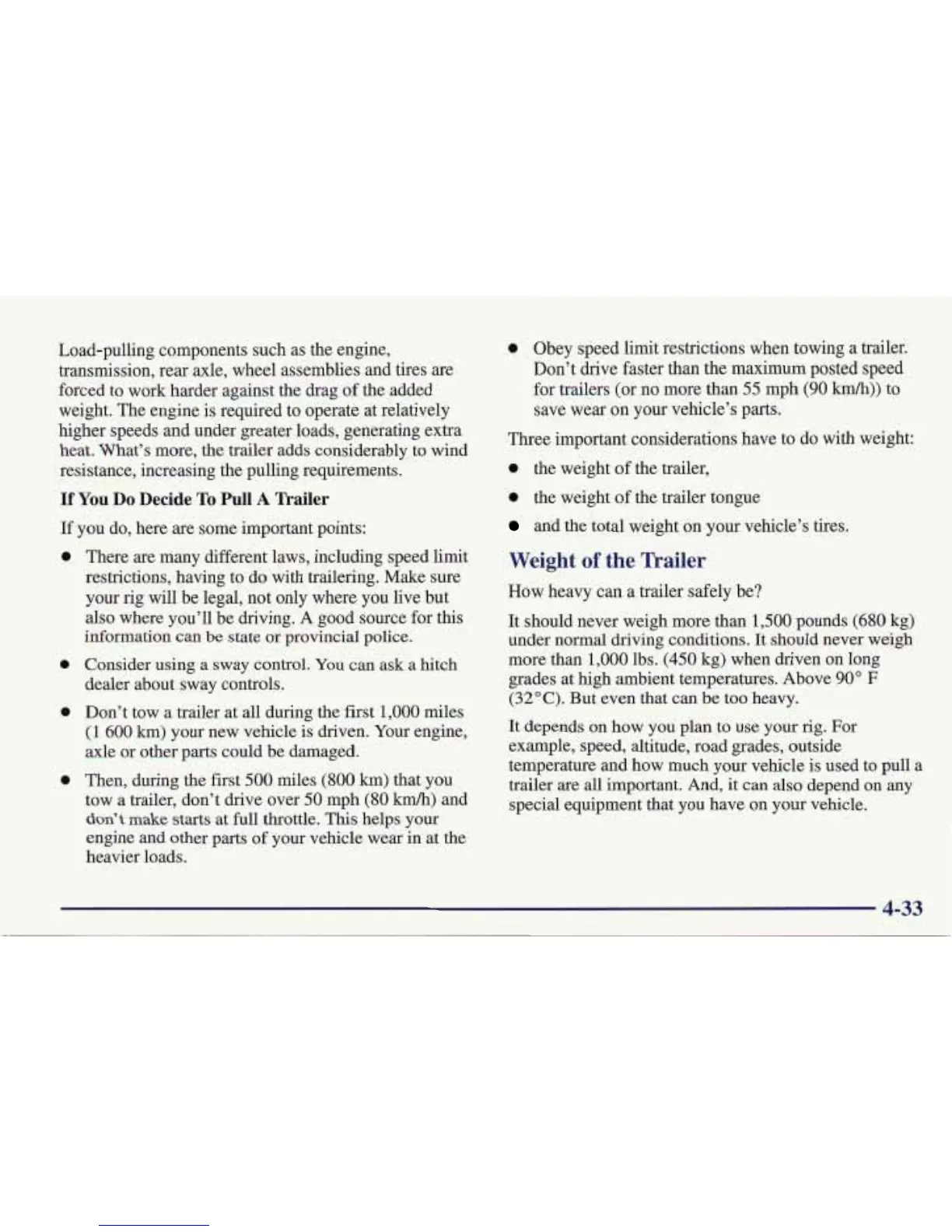